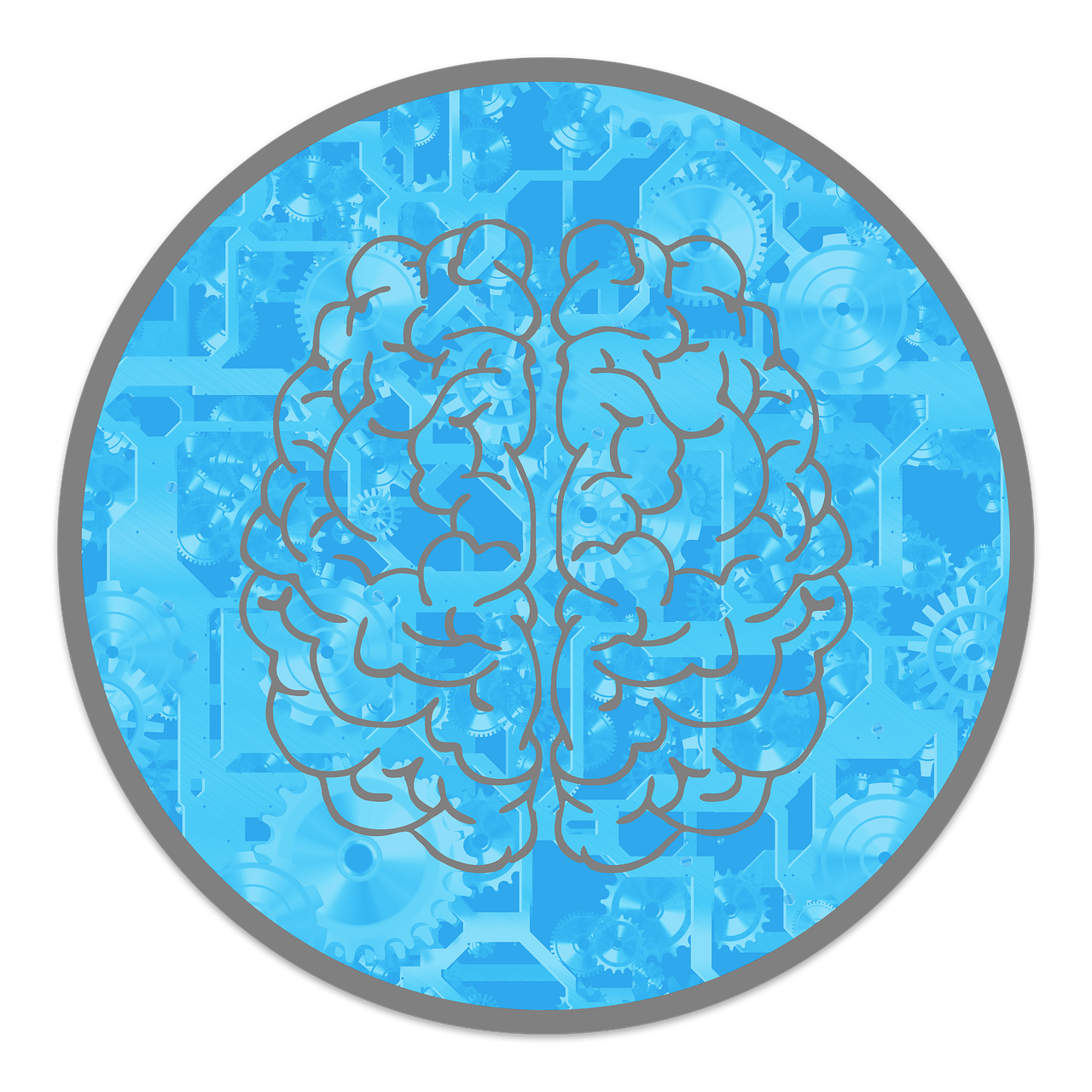
Imagine waking up feeling good, like really good—energized, upbeat, and ready to go.
That’s what endorphins can do.
They’re your brain’s natural way of boosting mood and cutting stress.
And the best part? you don’t need fancy stuff to get them going.
Just a few simple habits in your morning routine—like moving your body, laughing, or stepping outside—can make a big difference. It’s not magic, but it works.
Understanding the Science Behind Morning Endorphins
Before we get into routines, let’s break down what’s actually happening in your brain.
Endorphins are your body’s built-in painkillers and mood boosters.
They help you feel good, stay calm, and focus better.
Think of them like natural stress buffers.
Mornings are a sweet spot for triggering them.
Why? Because your cortisol (your body’s main stress hormone) is highest right after you wake up.
That sounds bad, but it’s actually useful—if you steer it right.
When you use that early energy for something positive, like light movement or a walk in fresh air, you flip the stress switch and get a little rush of feel-good brain chemicals.

The Power of Physical Movement
If you want a quick way to feel better in the morning, move your body.
You don’t need a gym or a personal trainer. Just a little effort goes a long way.
Quick cardio bursts
You’ve probably heard of “runner’s high.” That’s endorphins doing their thing.
But you don’t need to go full marathon mode to get there.
10-15 minutes is enough.
Try these quick cardio options:
- Jump rope for 5-10 minutes: This high-intensity exercise rapidly elevates your heart rate and can be done in minimal space
- Morning walk or jog: Fresh air combined with rhythmic movement creates a powerful endorphin cocktail
- Dancing to your favorite songs: Movement plus music creates a double endorphin boost
- Stair climbing: If you live in an apartment or office building, use those stairs as your personal gym
Strength training benefits
Lifting weights or using your body weight also fires up endorphins.
Plus, it helps with focus and stress later in the day.
Consider incorporating these strength-building exercises:
- Push-ups (modified if needed)
- Squats and lunges
- Planks and core work
- Resistance band exercises
keep it simple. consistency beats intensity every time.
If you stick with it—even just a few days a week—your brain and body will feel the shift.
Nutritional Strategies for Natural Highs
What you eat in the morning matters.
Certain foods can help your brain make more endorphins—those feel-good chemicals that help you stay calm, focused, and in a better mood.
Endorphin-boosting foods
Some stuff actually triggers endorphins directly.
Others support your brain so it can do the job better.
here are a few to try:
- Dark chocolate (70% cacao or higher): Contains compounds that directly stimulate endorphin production
- Spicy peppers: Add jalapeños or cayenne to your morning eggs or smoothie
- Vanilla: The scent and taste can trigger endorphin release
- Ginseng tea: Known for its mood-boosting properties
- Nuts and seeds: Provide sustained energy while supporting neurotransmitter production
Mindful eating practices
If you rush through breakfast while scrolling your phone, you’re missing half the benefit.
Slowing down helps your brain actually register satisfaction—which can trigger more endorphins.
Create a morning eating ritual by:
- Preparing your breakfast with intention and care
- Eating without distractions like phones or television
- Focusing on flavors, textures, and aromas
- Expressing gratitude for your meal
Sounds small, but it adds up.
You’re not just feeding your body—you’re giving your brain what it needs to stay balanced.

Mind-Body Connection Techniques
It’s not just food or workouts that help you feel better in the morning.
The way you connect with your mind and body matters too.
Some of the most effective endorphin boosts come from stillness, awareness, and even laughter.
Meditation and mindfulness
You don’t need to sit like a monk for an hour.
Even five minutes of focused breathing can help.
Simple morning meditation techniques:
- Breathing meditation: Focus on deep, rhythmic breathing for 5-10 minutes
- Gratitude meditation: Mentally list three things you’re grateful for while breathing deeply
- Body scan meditation: Progressively relax each part of your body from head to toe
- Walking meditation: Combine gentle movement with mindful awareness
Laughter therapy
Laughing actually changes your brain chemistry.
Even fake laughing can help. real laughter? even better.
Morning laughter strategies:
- Watch funny videos or comedy clips
- Read humorous content or comics
- Call a friend who makes you laugh
- Practice laughter yoga exercises
- Keep a joke book by your bedside
Creating Your Personal Endorphin Routine
The most effective morning routine is one that fits your lifestyle, preferences, and schedule.
Past research has shown that a consistent morning routine can reduce stress, boost your energy levels and improve your productivity at work.
The 15-Minute Power Routine
For those with limited time, this condensed routine packs maximum endorphin impact:
Minutes 1-5: Movement
- 2 minutes of jumping jacks or dancing
- 3 minutes of stretching or yoga poses
Minutes 6-10: Nutrition
- Prepare and mindfully consume an endorphin-boosting breakfast
- Include dark chocolate, spices, or other mood-enhancing foods
Minutes 11-15: Mindfulness
- 3 minutes of deep breathing or meditation
- 2 minutes of gratitude practice or positive affirmations
The 30-Minute Comprehensive Routine
If you have more time available, this expanded routine provides deeper endorphin activation:
Minutes 1-15: Physical Activity
- 10 minutes of cardio (walking, cycling, or dancing)
- 5 minutes of strength training or yoga
Minutes 16-25: Nourishment
- Prepare a thoughtful, endorphin-boosting breakfast
- Practice mindful eating without distractions
Minutes 26-30: Mental Wellness
- 3 minutes of meditation or breathing exercises
- 2 minutes of journaling or positive visualization
Customization Tips
There’s no “perfect” morning routine. the best one is the one you’ll actually do. So build it around you, not around what someone else swears by.
A few ways to keep it real:
- Identify your peak energy times: Some people are naturally more energetic in the early morning, while others need time to wake up
- Start small: Begin with just one or two endorphin-boosting activities and gradually build your routine
- Experiment with different activities: Try various exercises, foods, and mindfulness practices to discover what works best for you
- Account for your schedule: Design a routine that fits your lifestyle rather than creating additional stress
Small wins beat perfect plans. consistency matters more than complexity. Just aim to feel a little better than yesterday.

Overcoming Common Obstacles
Building new habits is messy, especially in the morning when your brain’s still booting up.
So here’s how to keep going when it gets tough.
Time constraints
If mornings feel rushed, try these approaches:
- Prepare items the night before (workout clothes, breakfast ingredients)
- Wake up just 10-15 minutes earlier initially
- Combine activities (listen to comedy while exercising, practice gratitude while stretching)
- Use micro-habits (2-minute activities that still provide endorphin benefits)
Motivation Challenges
When motivation wanes, remember:
- Focus on how you feel after completing your routine, not on the effort required
- Track your mood improvements to see concrete benefits
- Start with the easiest activities first
- Have backup mini-routines for particularly challenging days
Consistency Issues
To maintain long-term consistency:
- Link new habits to existing ones (exercise after brushing teeth)
- Create environmental cues (lay out workout clothes, prepare breakfast ingredients)
- Use habit tracking apps or journals
- Celebrate small wins and progress
Advanced Strategies for Endorphin Optimization
Once you’ve got the basics down—like moving, eating well, and breathing—there are a few next-level tricks that can give your endorphins an extra push.
None of them are magic. but they work when you’re ready for more.
Temperature therapy
Cold showers or quick ice dips spike endorphins fast.
Don’t jump in full cold—start with 30 seconds at the end of your shower and add time slowly.
Social connection
Hug a family member, call a friend, or spend a few minutes with your dog or cat.
Social touch and connection naturally raise endorphins.
Creative expression
Drawing, writing, singing, or playing an instrument can lift your mood and make your brain release endorphins.
It doesn’t have to be perfect—just do it.
Nature exposure
Being outside, whether walking or just sitting, helps too.
Sunlight adds vitamin D, which supports mood, and nature lowers stress.
Wrap-Up: Make Mornings Feel Better
You don’t need a perfect morning routine—just one that works for you.
Start small. Maybe it’s a short walk, dancing to one song, or eating breakfast without your phone.
Try one endorphin-boosting thing tomorrow and stick with it for a week. See how it feels.
If it helps, keep going. Add more when you’re ready.
Change doesn’t need to be big. It just needs to start.
Your mornings—and your mood—can feel better, one habit at a time.



